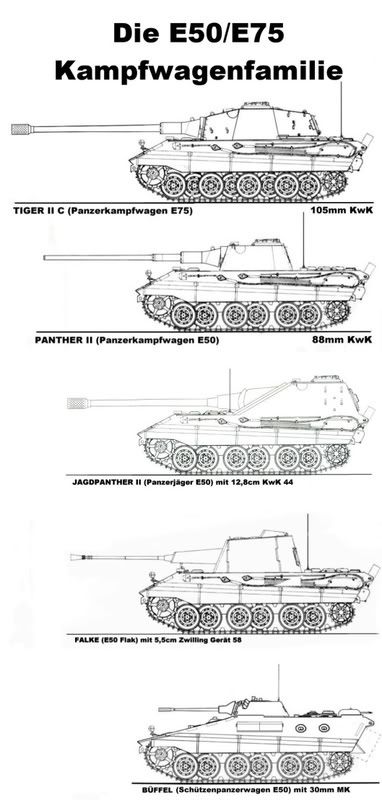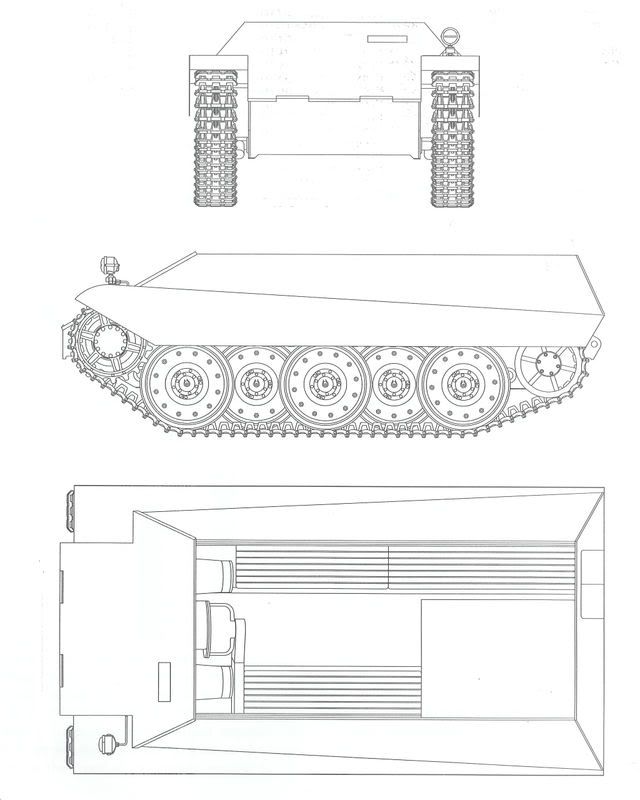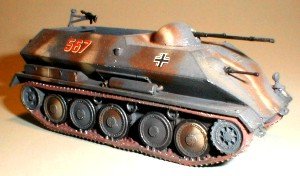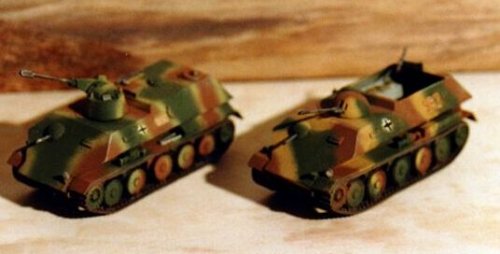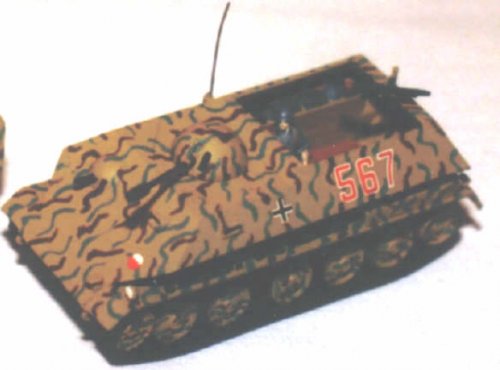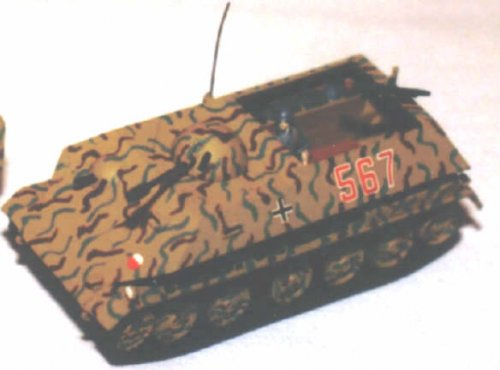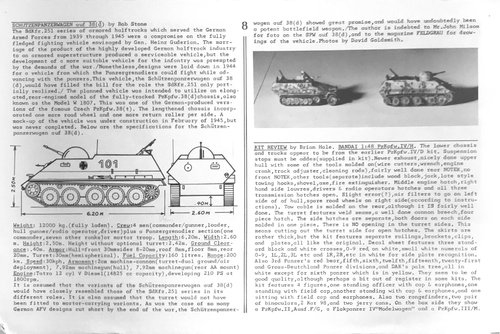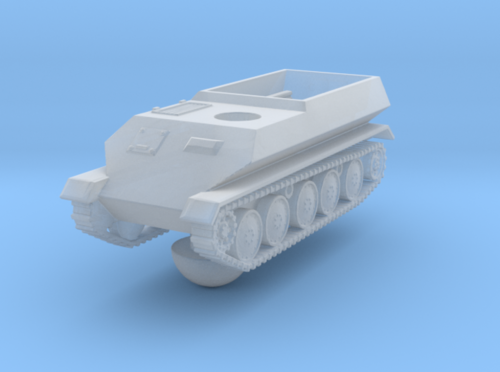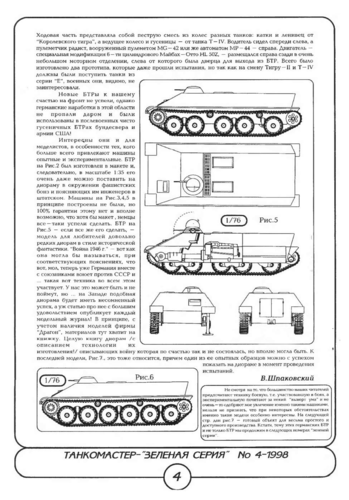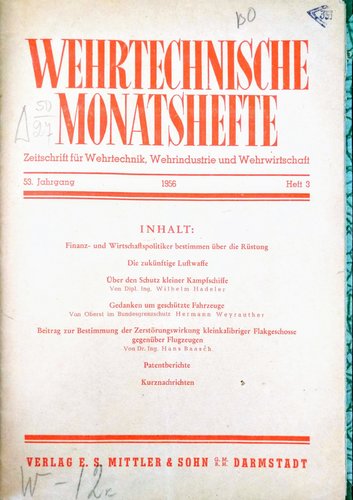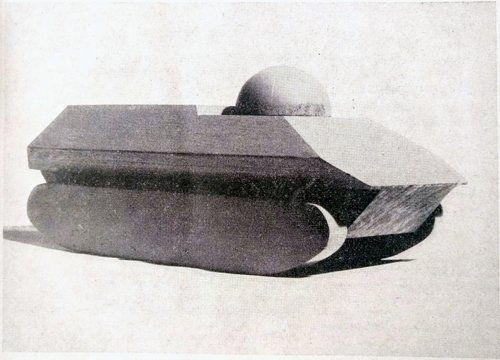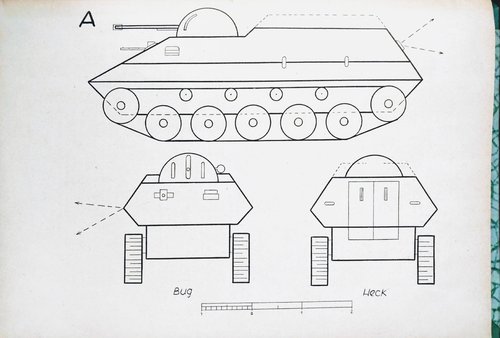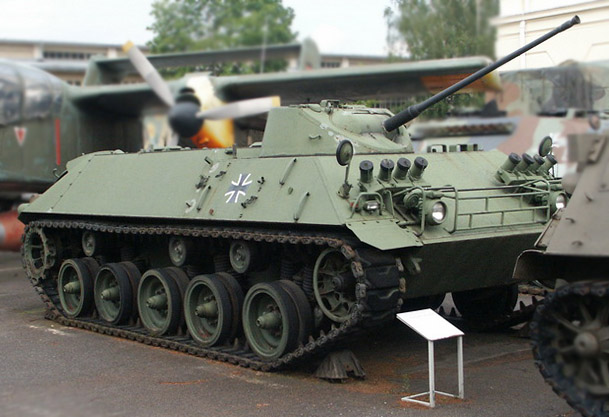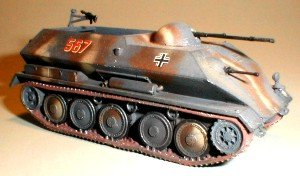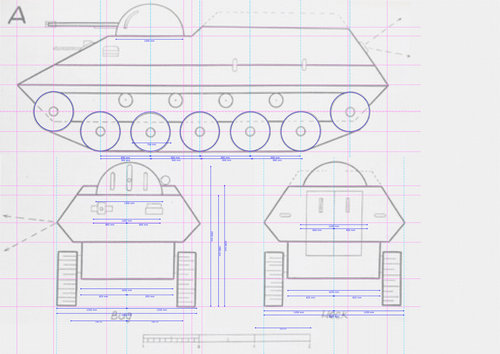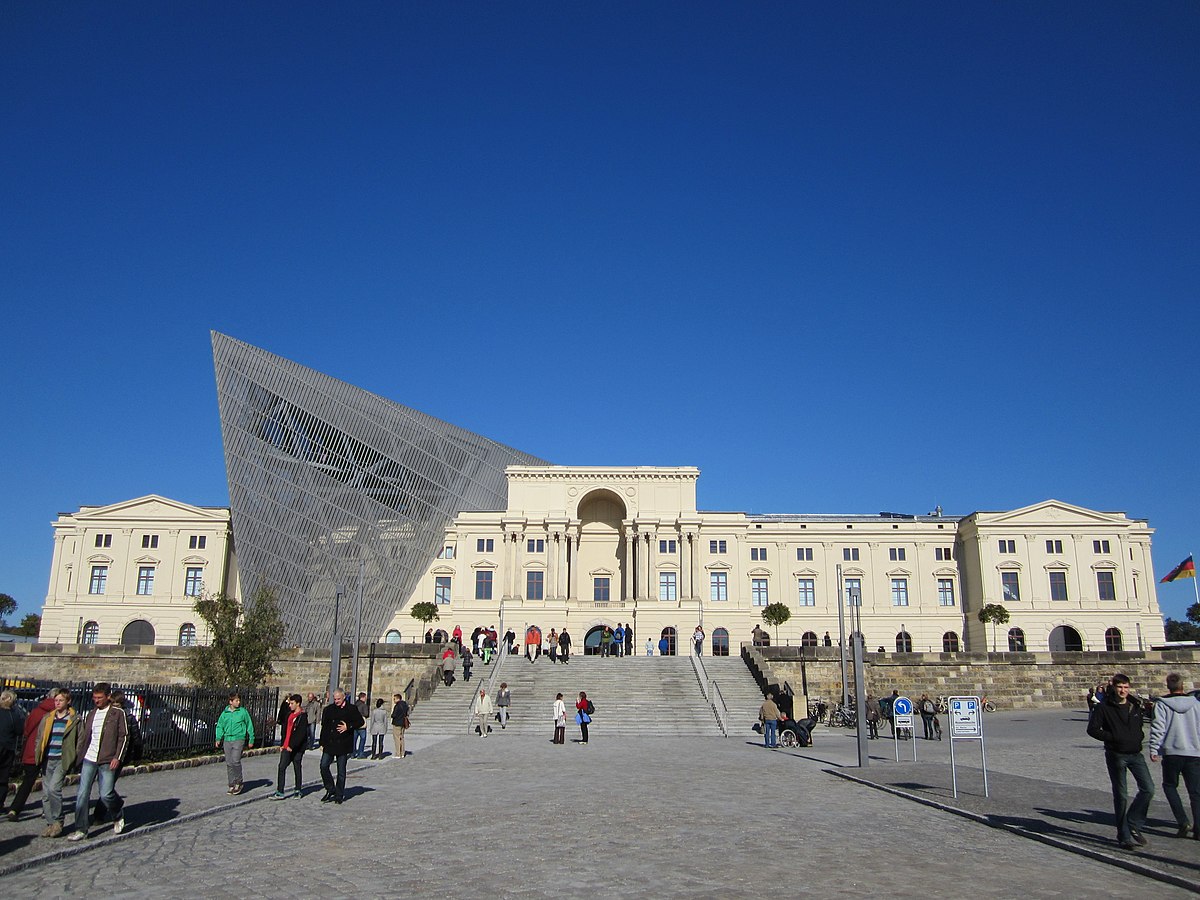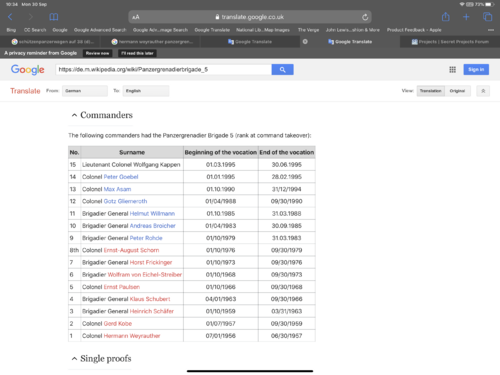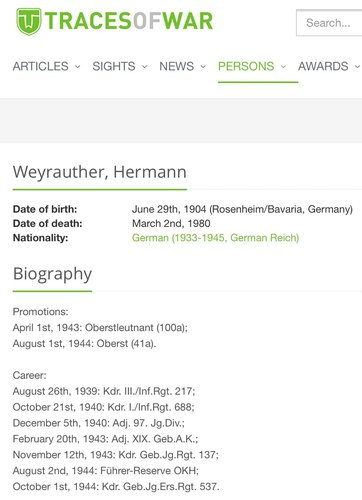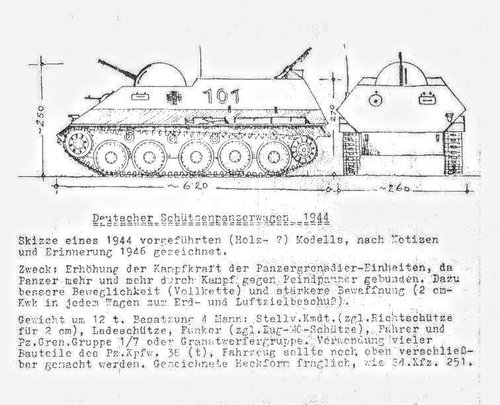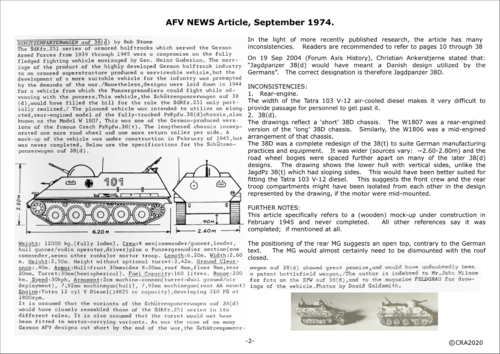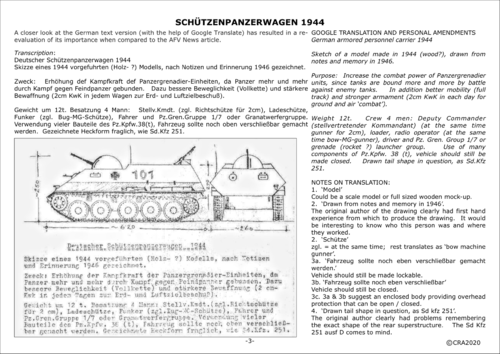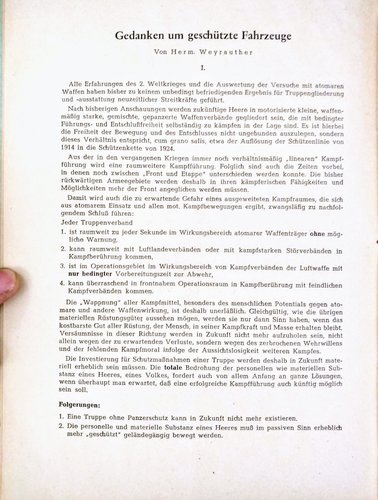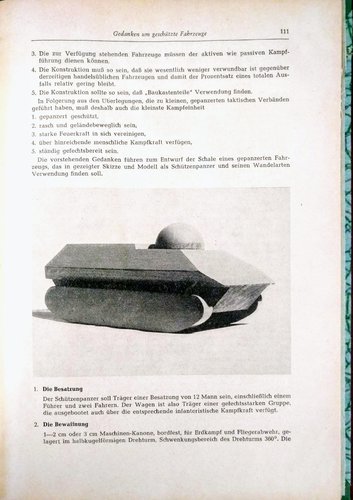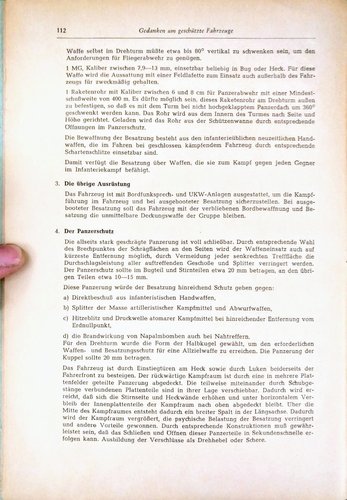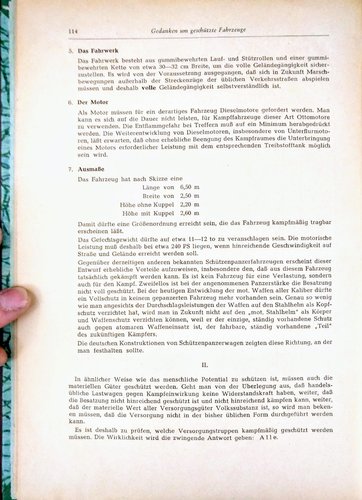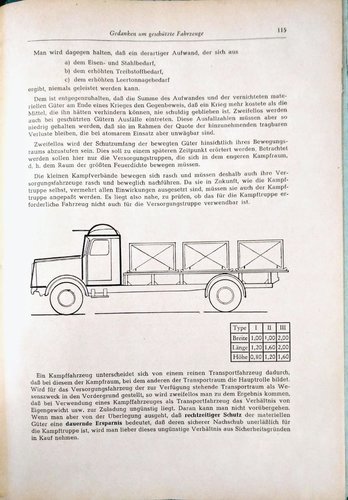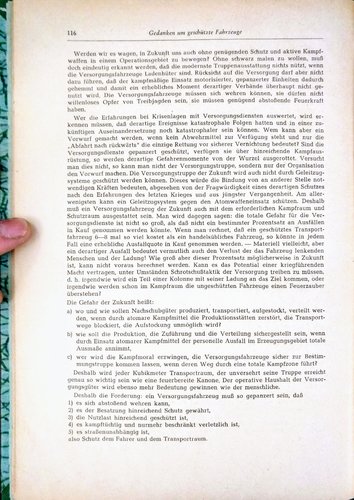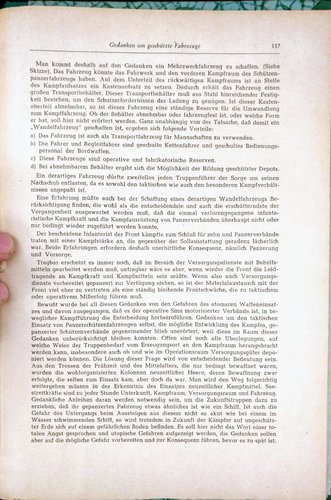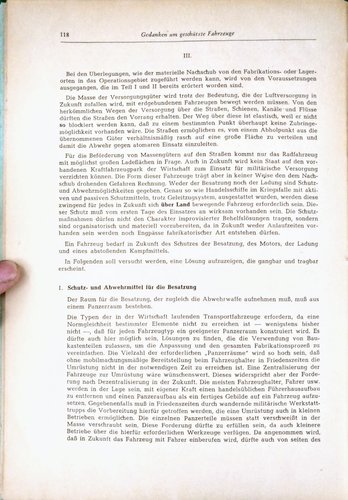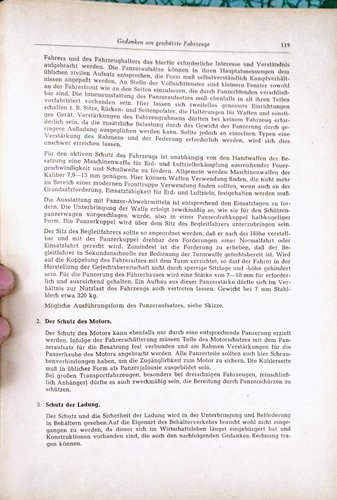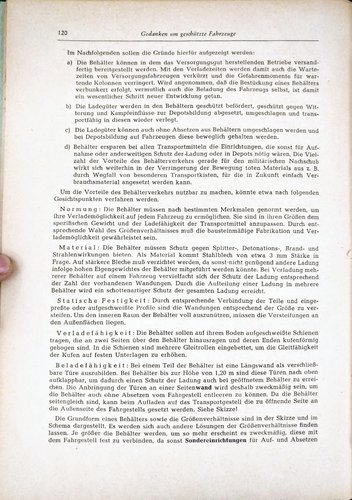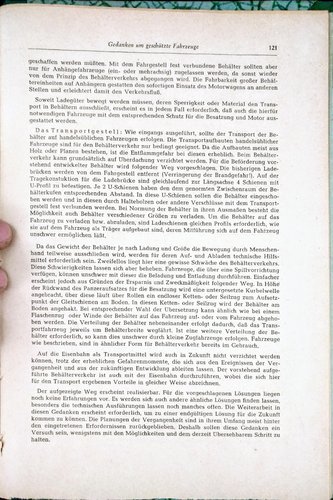Personally I think the Büffel is a post-war fake.
But besides the Kätzchen, which was to be rather a full-tracked recce vehicle than an APC, there was a much more advanced project of a real full-tracked APC (if not an IFV), namely a vehice that supposedly had been designated the Schützenpanzerwagen auf 38 (d).
Here is what is said about the design in "Czechoslovak Armoured Fighting Vehicles 1918-1948" by Kliment and Francev:
In late 1944 a specification was issued for a fully tracked personnel carrier based on a lengthened 38 (d) chassis. By adding a fifth road wheel, the length was increased to 6.2 m. The armour was 30 mm at the front and 20 mm on the sides. The vehicle was designed to carry a hemispherical turret with a dual-purpose 2 cm gun and have a crew of four. It could carry eight men in its rear section. Its weight was planned to be 12 tons and the maximum speed of 30 km/hour with a range of 200 km. Only o mock-up of this vehicle was built.
And what I have found somewhere on the Internet:
Aus der überlegung, die Panzergrenadier-Eiheiten beweglicher zu machen, wurde Ende 1944 vorgeschlagen, Fahrgestellelemente des Jagdpanzers 38D für einen Vollketten-Schützenpanzerwagen zu verwenden. Um neben den Besatzung von vier Mann eine Panzergrenadier-Gruppe unterzubringen, ergab sich die Notwendigkeit einer Verlängerung des Fahrgestells um eine zusätliche Laufrolle je Seite. Der Besatzung sollte eine 2-cm-Kwk 38 im Drehturm zum Erd- und Flugzielbeschuß zur Verfügung stehen.
Ein Holzmodell dieses Schützenpanzers 38D war vorhanden.
and the text's translation by Google Language Tools:
From the consideration to make the armored infantry units more mobile at the end of of 1944 was suggested using chassis elements of the tank destroyer Jagdpanzer 38D for a full-tracked armored infantry vehicle. In order to accommodate the crew of four men and a group (i.e. section or squad) of armored infantry, it was necessary to make extension of the chassis by an additional road-wheel on each side. The crew should have had a 2-cm-Kwk 38 in the rotating turret to engage air- and ground targets.
A wood model of this armored infantry vehicle 38D was built.
It would be absolutely fantastic to see photos of the mock-up that is mentioned in both sources as well as the vehicles' drawings.
Some time ago I found these photos of a model representing the SPW 38(d). Probably the model has been in a way based upon the available descriptions of the vehicle, may be even it is something more that an "artist's impression". I do not know.
And what about you?
Best regards,
Piotr

